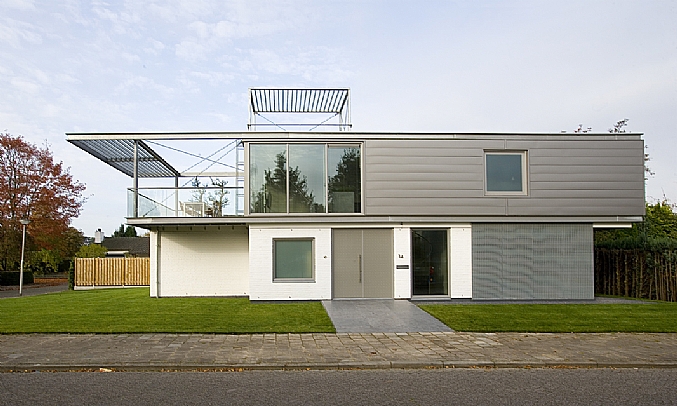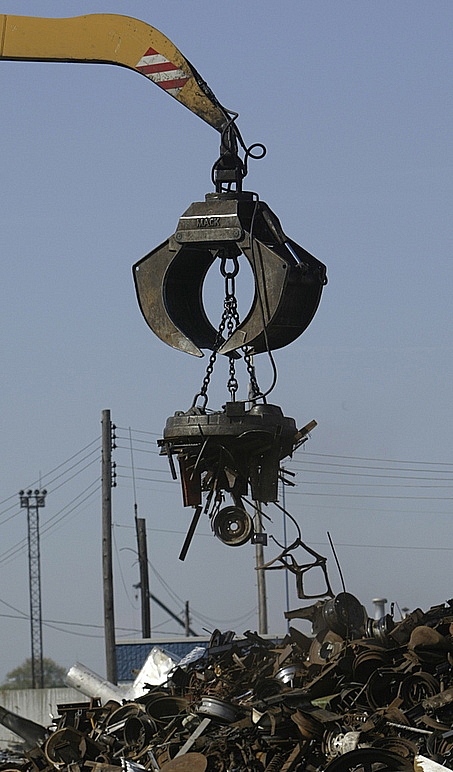
A better environment begins with steel

A better environment begins with steel

A better environment begins with steel

A better environment begins with steel

A better environment begins with steel

Extension to Cats house, Bergen op Zoom (Designers: Archipel).
Recycling is often seen as reuse, but is actually a form or level of reuse. Reuse of a material is generally divided into five levels. Level 1 typically has a lower environmental impact than level 2 and so on.
All materials are reusable, but not all materials are recyclable. Examples of materials that can be recycled are glass, paper and all metals, including steel. A characteristic of these materials is that they are made from a single monolithic material, so that they can be used again as a raw material for the same or a different product. Carbon steel is magnetic, making it very easy to separate.

Steel’s magnetic properties greatly simplify separation.
A second feature of steel is that it can be recycled into a new product having improved properties. This form of recycling is called upcycling and fits with the philosophy of Cradle-to-Cradle (C2C). The possibility of upcycling is an important characteristic of a Cradle-to-Cradle material.